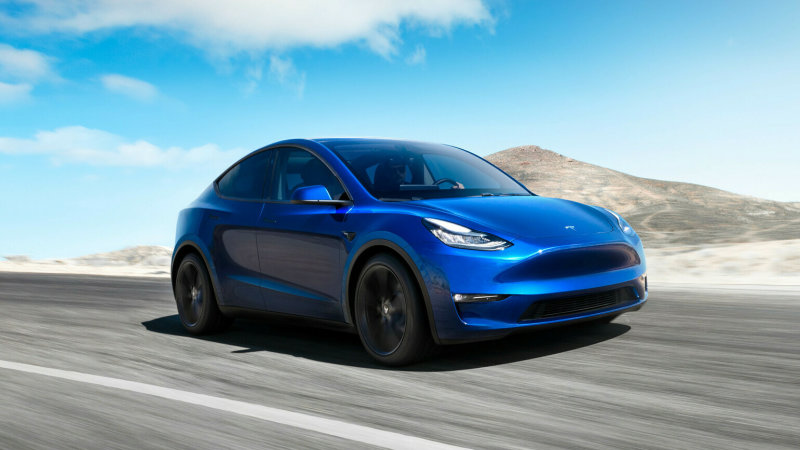WASHINGTON – Tesla asked the Federal Communications Commission (FCC) for approval to market an interactive short-range motion detection device that could help prevent children from being left in hot cars and encourage theft prevention systems.
The California automaker wants permission to use unlicensed millimeter-wave sensors that would operate at higher power levels than the existing rules allow.
Tesla’s device would use four transmit and three receive antennas powered by a radar front-end unit. Tesla says millimeter-wave radar technology has advantages over other detection systems, such as camera-controlled occupant or in-seat detection systems.
The radar-based system “provides depth sensing and can ‘see’ through soft materials, such as a blanket covering a child in a child seat”.
Tesla added that it “can distinguish between a child and an object left in the seat, reducing the risk of false alarms” and that it “can detect micro-movements such as breathing patterns and heart rate, neither of which can be captured. by cameras or sensors in the seat only “. “
Radar imagery, Tesla adds, can assess body size to optimize airbag deployment in a collision, depending on whether an adult or a child is seated, which he believes would be more effective than existing weight-based sensor systems in the seat.
It would also determine more precisely when to activate the seat belt reminders.
The FCC wants public comment on Tesla’s request through September 21.
Tesla notes that in 2018 the FCC granted a similar request for a Google device from Alphabet, Inc. that works under identical operational parameters.
Valeo North America filed a request with the FCC in March for its safety-related in-vehicle monitoring device that would also detect children in cars. The request is being processed.
The National Highway Traffic Safety Administration says more than 50 children died when they were left in hot cars in both 2019 and 2018. Of those incidents, 54% occurred because someone forgot a child.
Related video:
